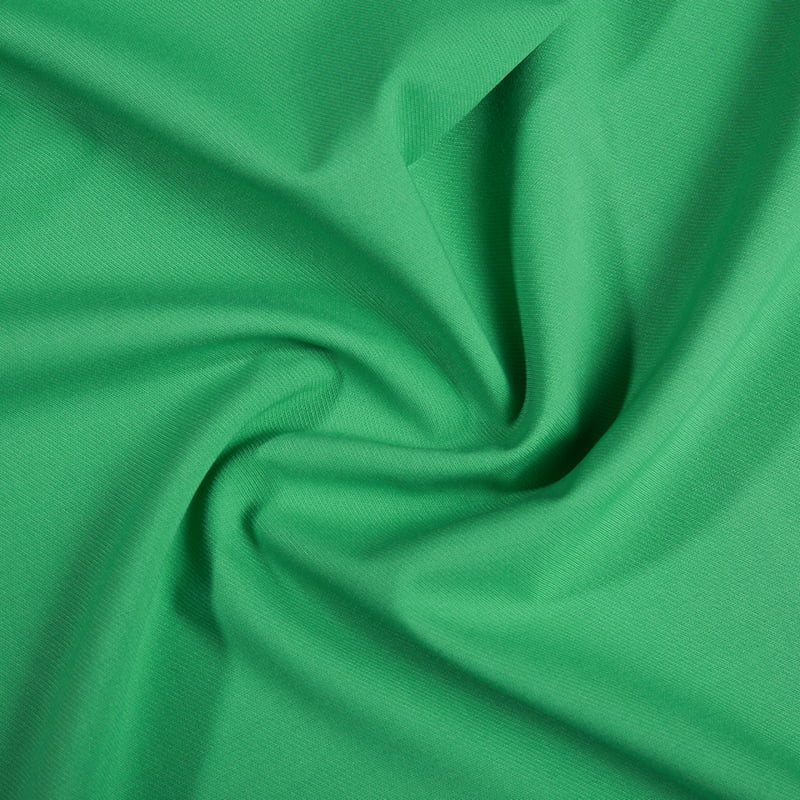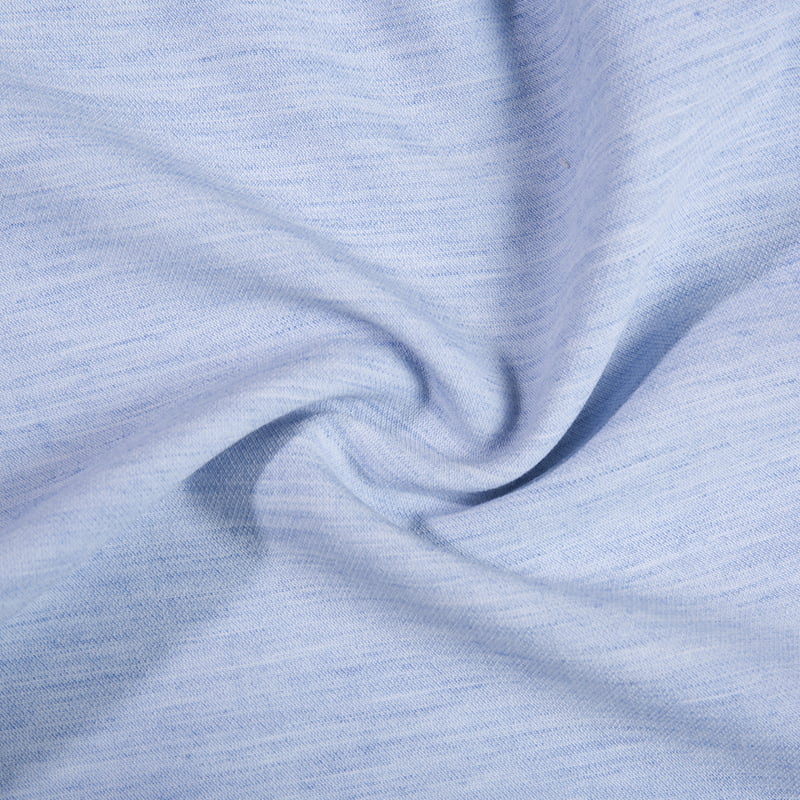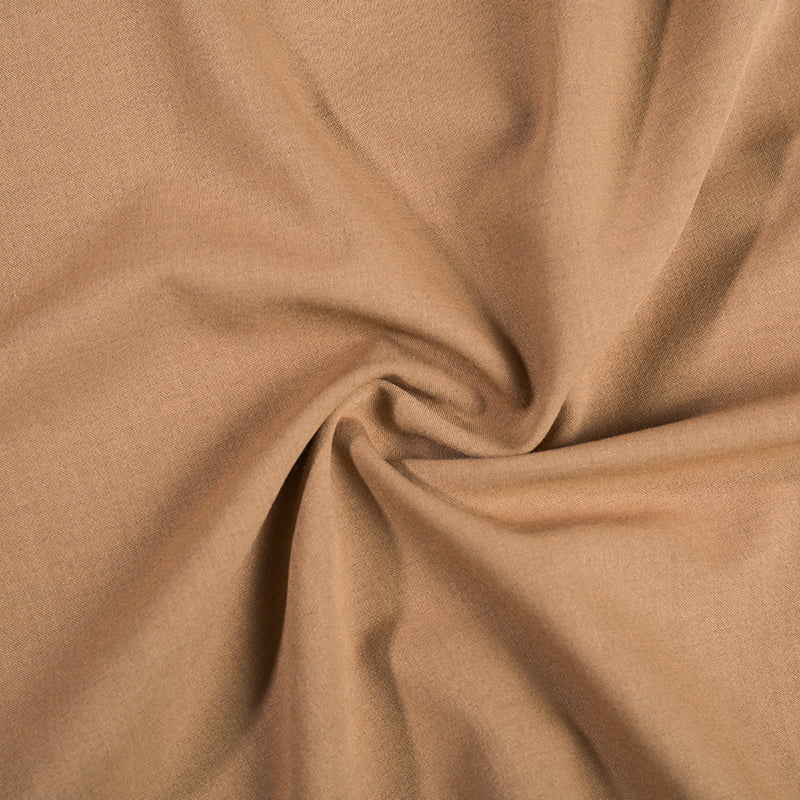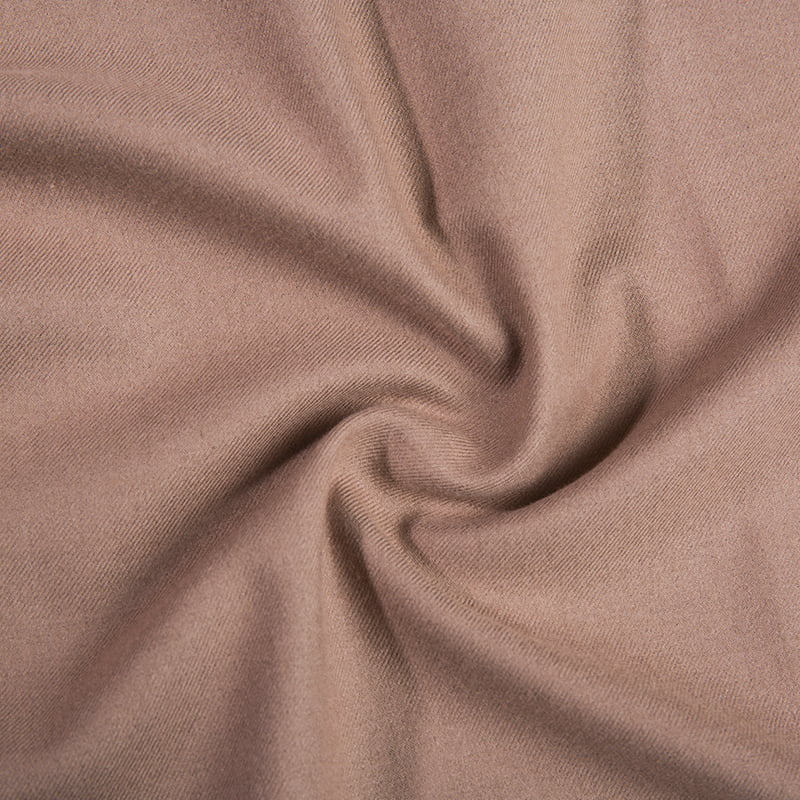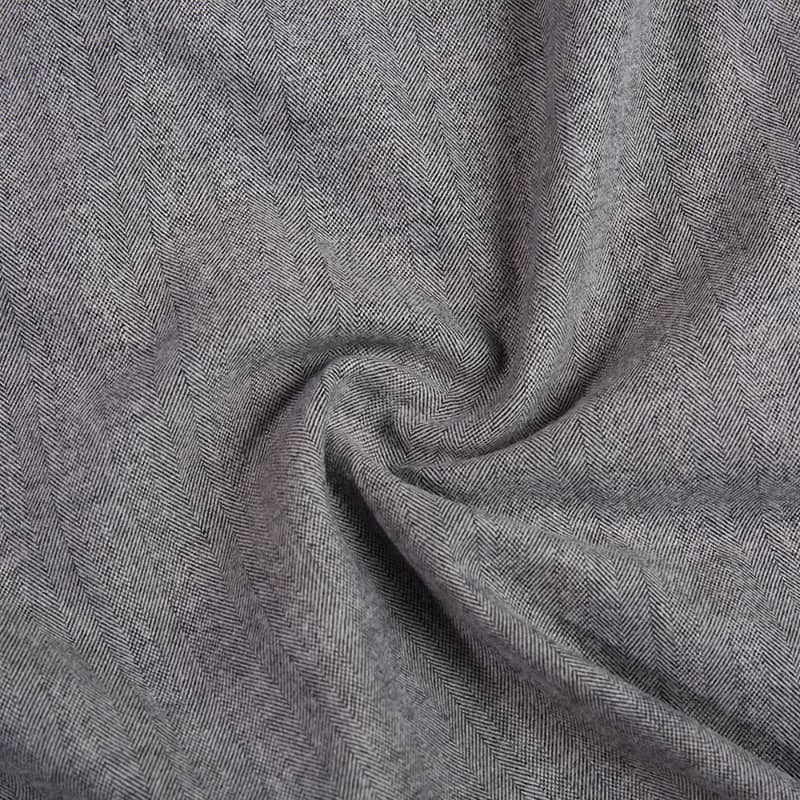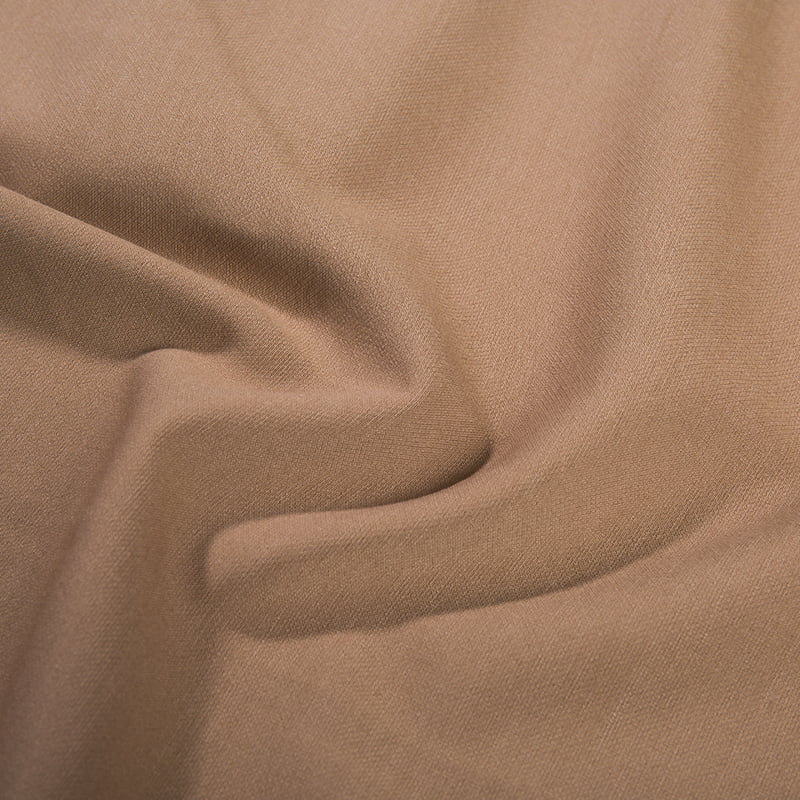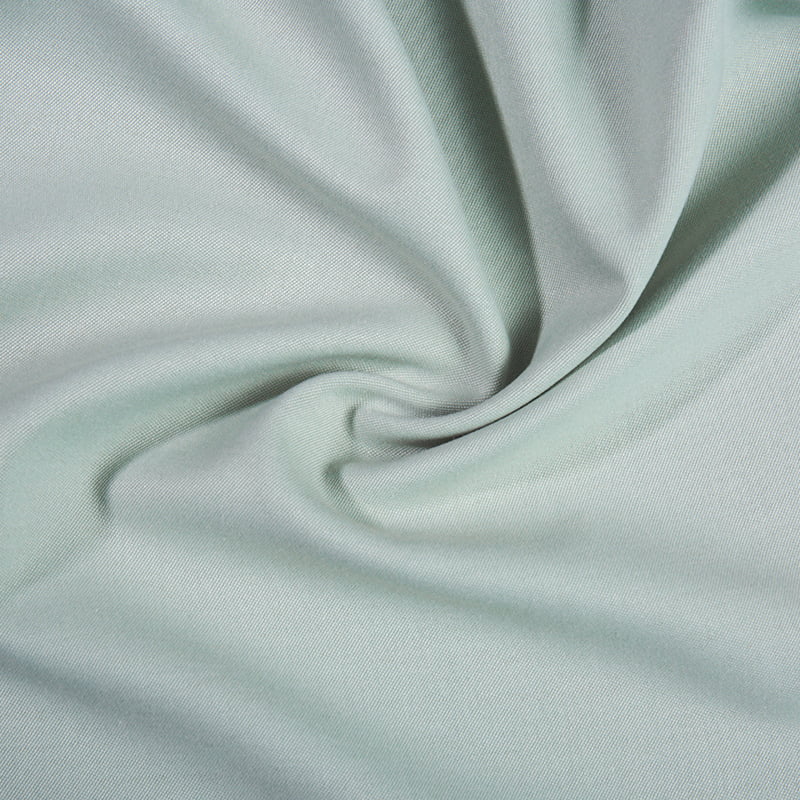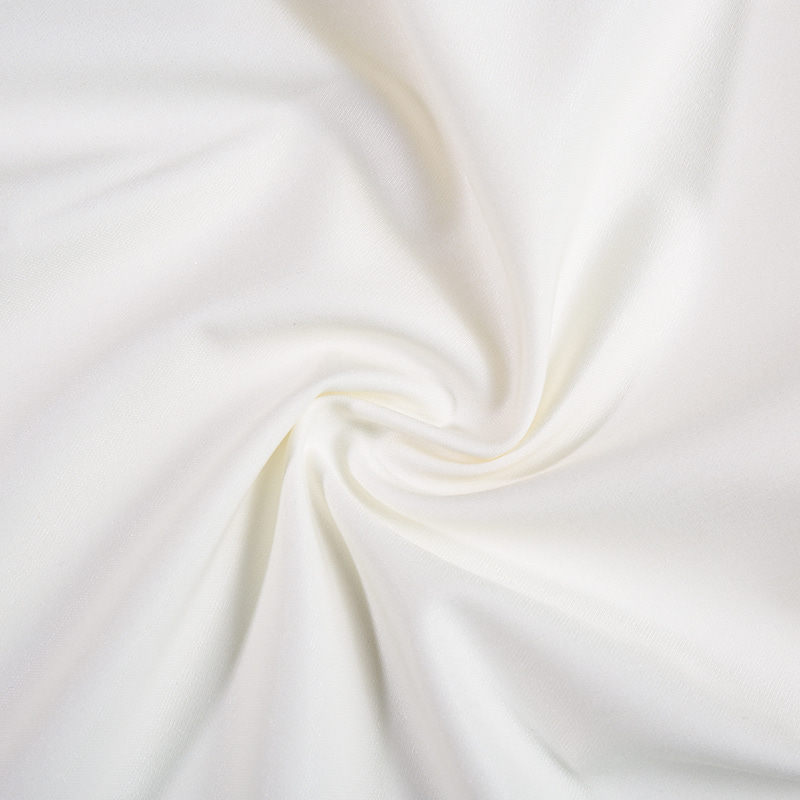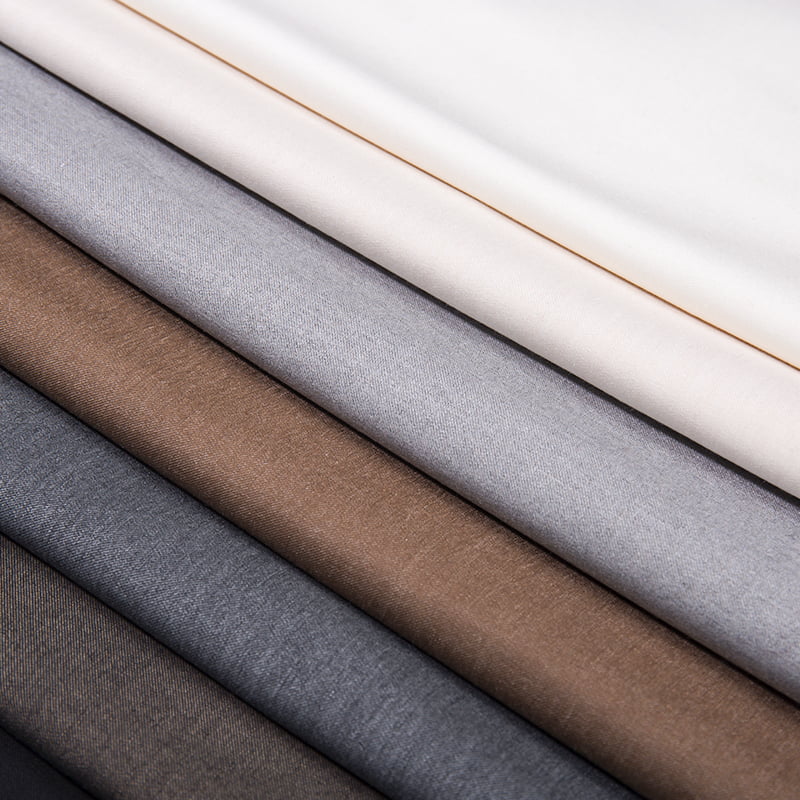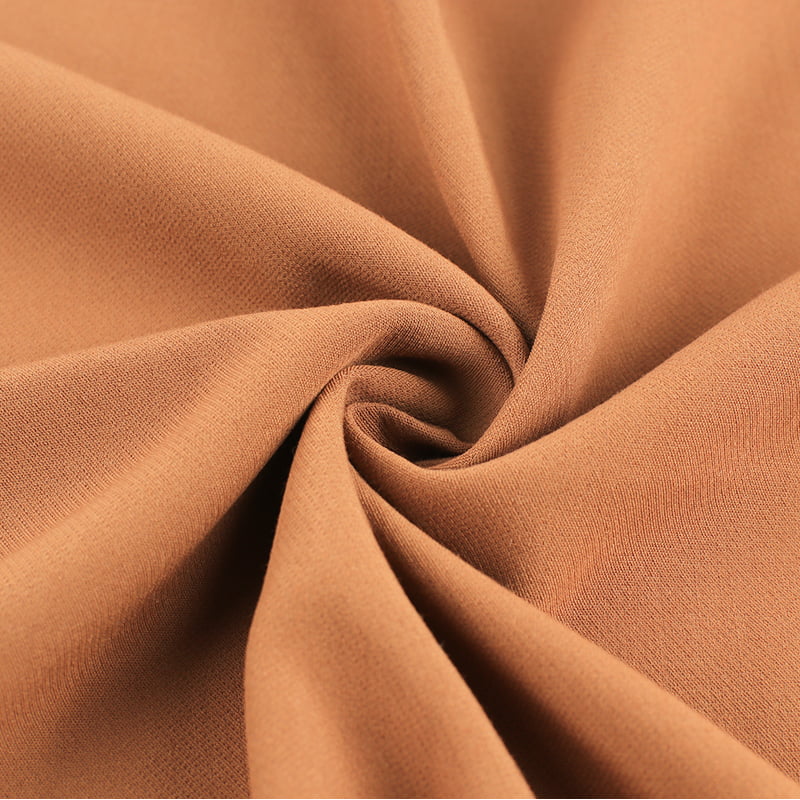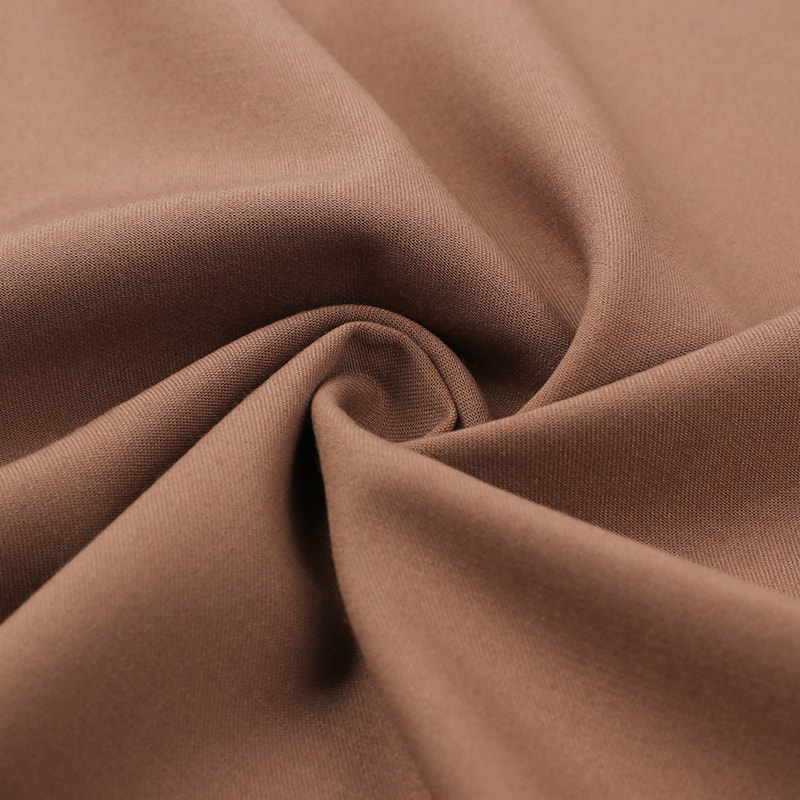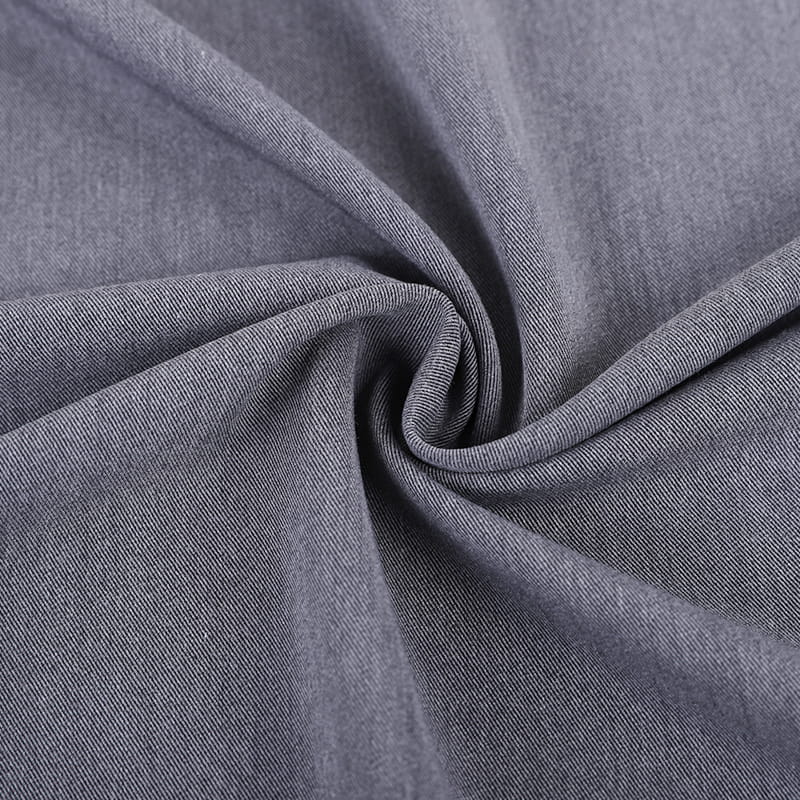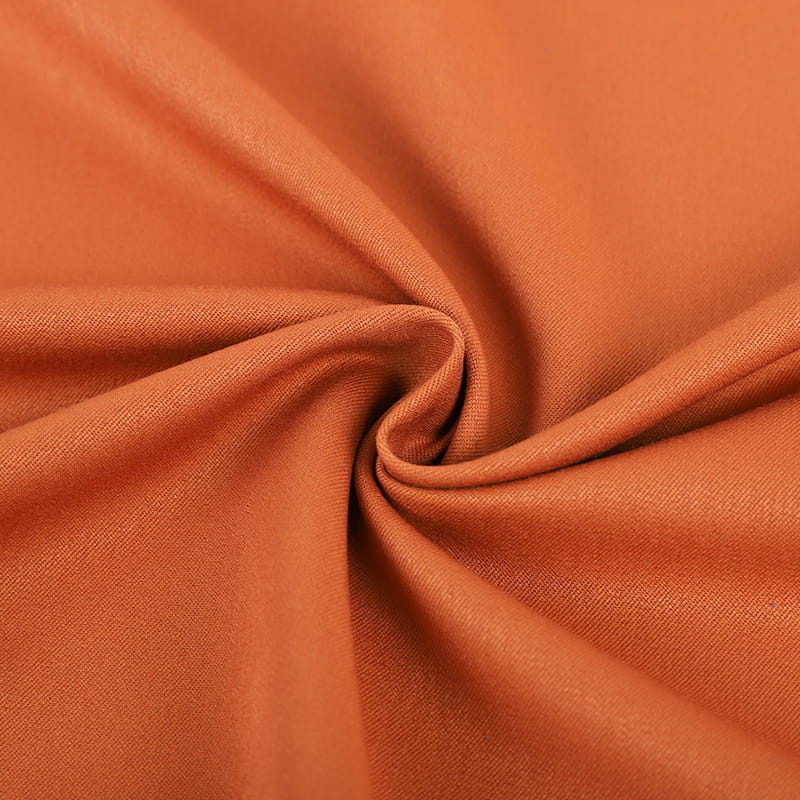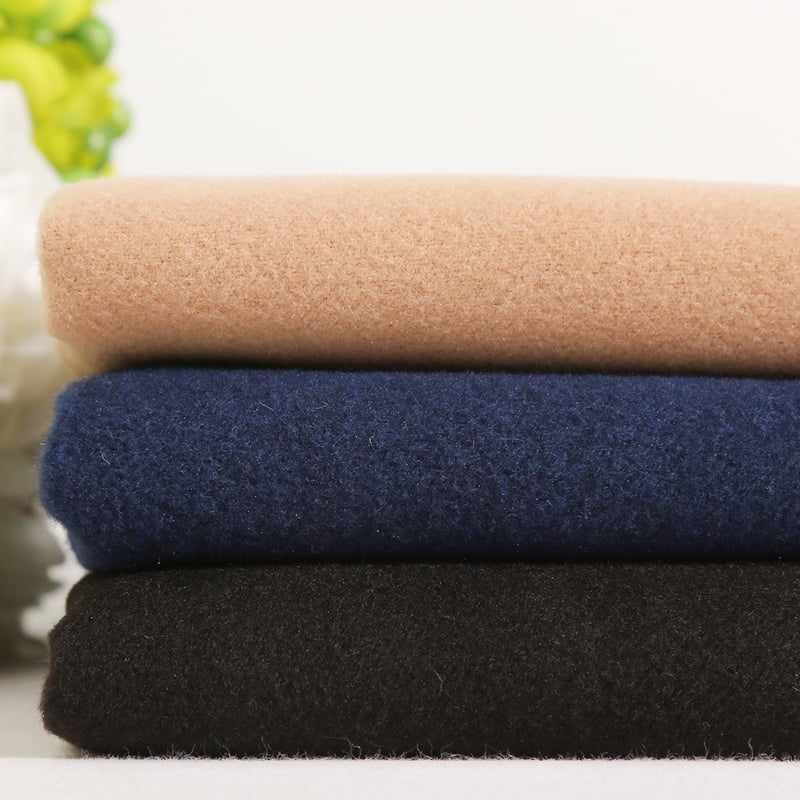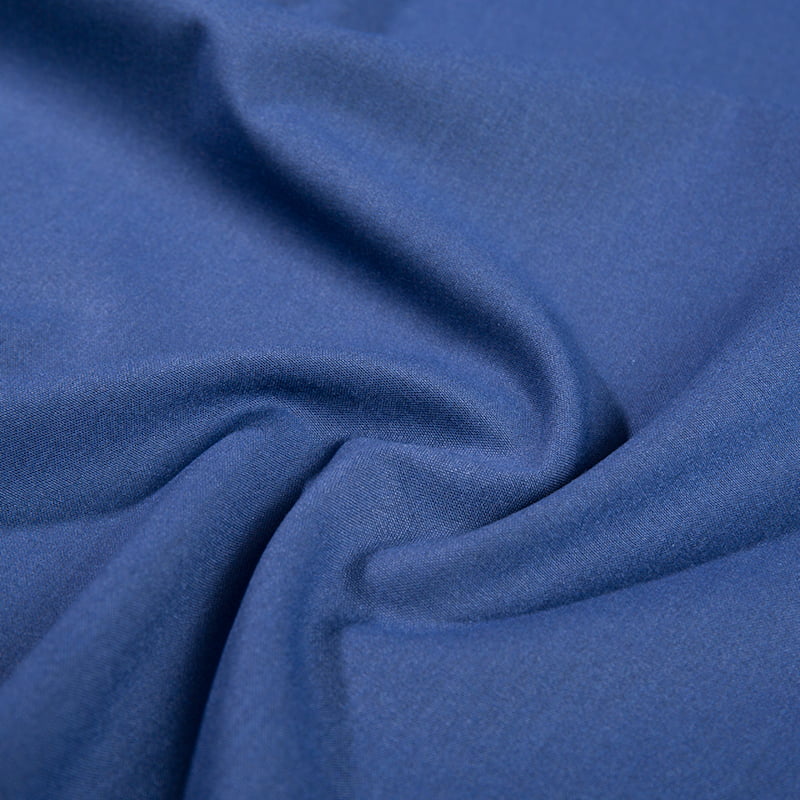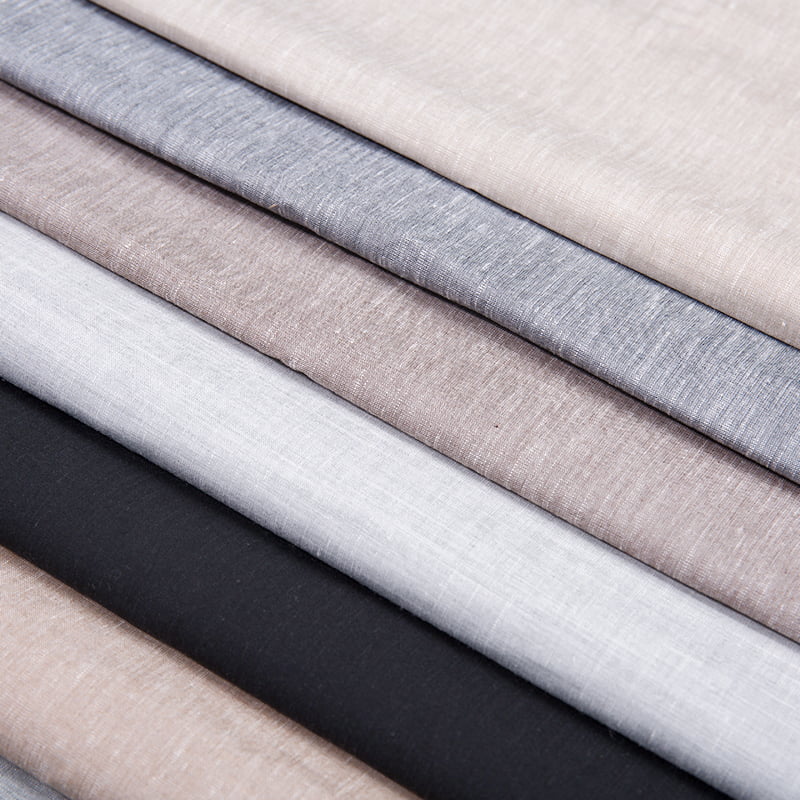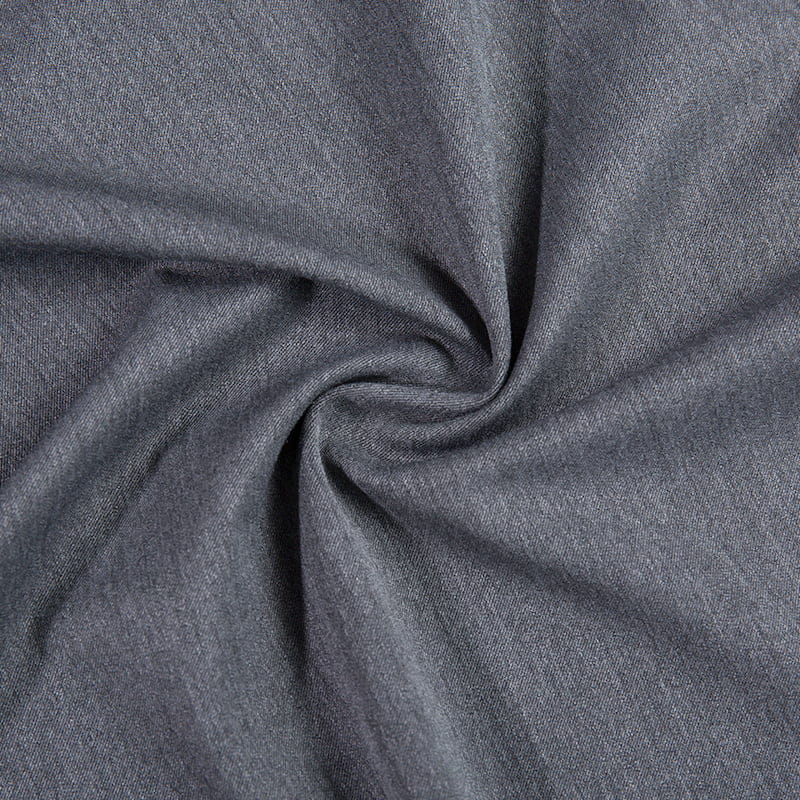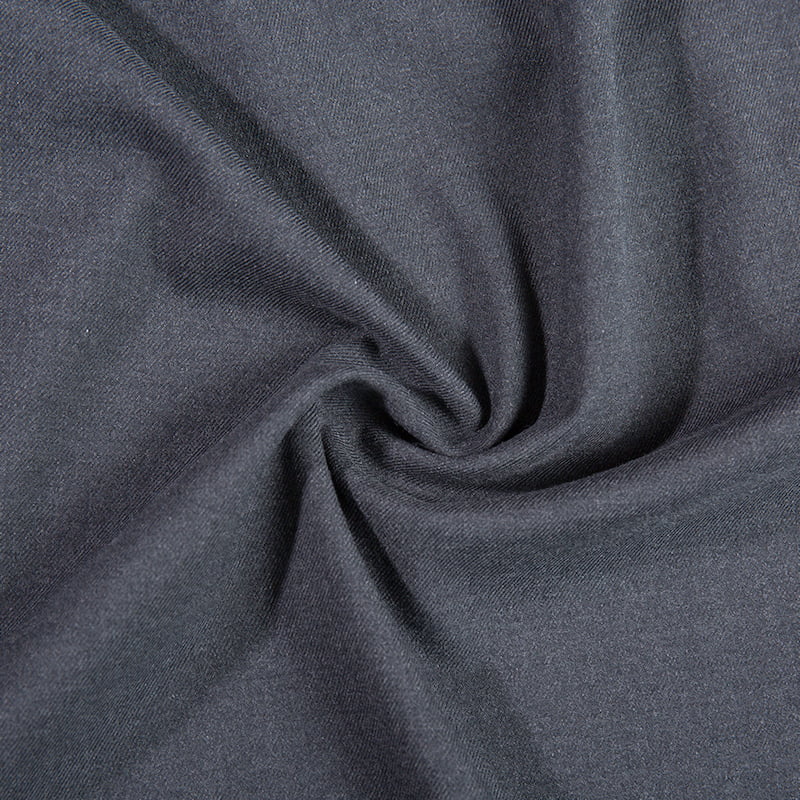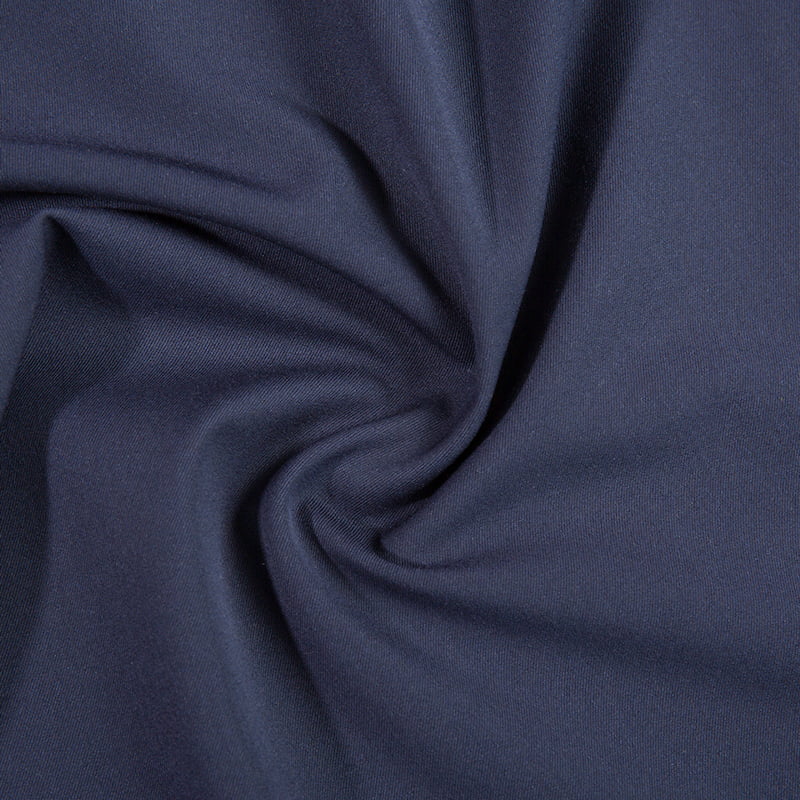In the diverse world of textiles, fabric blends are engineered to combine the beneficial properties of different fibers. One such prevalent and versatile blend is TR fabric.
What is TR Fabric?
TR fabric is a blended textile composed primarily of two synthetic fibers: Terephthalate (Polyester) and Rayon (Viscose). The most common blend ratio is approximately 65% Polyester to 35% Rayon, though variations exist (e.g., 70/30, 60/40). This blend strategically leverages the distinct characteristics of each component fiber to create a fabric with a balanced profile suitable for numerous uses.
Key Advantages of TR Fabrics
The popularity of TR fabrics stems from their ability to offer a favorable combination of performance characteristics, often surpassing what either fiber could achieve alone:
Durability and Strength: The Polyester component provides TR fabric with significant strength, abrasion resistance, and overall durability. This makes garments made from TR fabrics resistant to tearing and wear, extending their lifespan significantly compared to fabrics made solely from Rayon.
Dimensional Stability and Wrinkle Resistance: Polyester is renowned for its excellent dimensional stability. Fabrics containing Polyester, like TR fabric, are highly resistant to shrinking and stretching out of shape during washing and wearing. They also exhibit good wrinkle resistance, maintaining a neater appearance with less ironing required compared to pure Rayon.
Moisture Management and Comfort: Rayon contributes excellent moisture absorption properties. It readily absorbs perspiration, enhancing wearer comfort. While Polyester itself is hydrophobic, the blend structure in TR fabrics allows the Rayon to manage moisture effectively, preventing the clammy feel sometimes associated with 100% synthetic fabrics.
Softness and Drape: Rayon imparts a soft hand feel and good drape to the blend. This gives TR fabrics a more comfortable feel against the skin and a more elegant, flowing appearance than fabrics made from 100% Polyester, which can sometimes feel stiff or synthetic.
Color Fastness and Printability: TR fabrics generally exhibit good color retention and dyeability. The Polyester component ensures vibrant colors and good resistance to fading from washing and light exposure. The fabric surface is also typically suitable for various printing techniques.
Cost-Effectiveness: Compared to many natural fiber fabrics (like pure wool or high-quality cotton) or performance synthetics, TR fabrics offer a very favorable balance of performance characteristics at a relatively lower cost. This makes them an economically attractive option for both manufacturers and consumers.
Ease of Care: Garments made from TR fabrics are generally easy to care for. They are machine washable, dry relatively quickly due to the Polyester content, and require minimal ironing (especially compared to pure Rayon or Cotton), thanks to the inherent wrinkle resistance. Always follow specific garment care labels.
Versatility: The combination of durability, comfort, appearance, and cost makes TR fabrics suitable for a wide range of applications. Common uses include uniforms (corporate, security, hospitality), workwear, trousers, skirts, suits (especially for warmer climates or budget-conscious lines), dresses, and linings.
Applications and Considerations
The specific blend ratio and fabric construction (weave, weight, finish) can be adjusted to tailor TR fabrics for particular end-uses. For example, a slightly higher Polyester content might be chosen for heavy-duty workwear requiring maximum durability, while a blend closer to 50/50 might be used for dresses prioritizing drape and softness.
While TR fabrics offer numerous benefits, it's important to note that they are not inherently flame-retardant (unless specifically treated) and may not offer the same level of breathability or biodegradability as some natural fibers.
TR fabric, the blend of Polyester and Rayon, stands as a testament to the advantages of fiber synergy. By combining the strength, stability, and easy care of Polyester with the softness, drape, and moisture absorption of Rayon, TR fabrics deliver a highly practical and versatile textile solution. Their durability, comfort, wrinkle resistance, and cost-effectiveness ensure they remain a staple choice across numerous apparel sectors, particularly where performance and value are key considerations.


 English
English 中文简体
中文简体 日本語
日本語 한국어
한국어 Español
Español русский
русский
